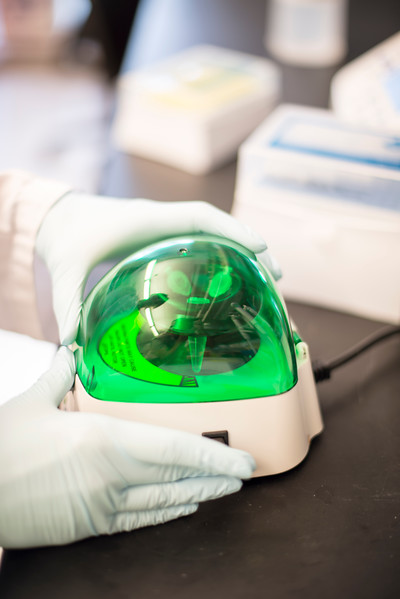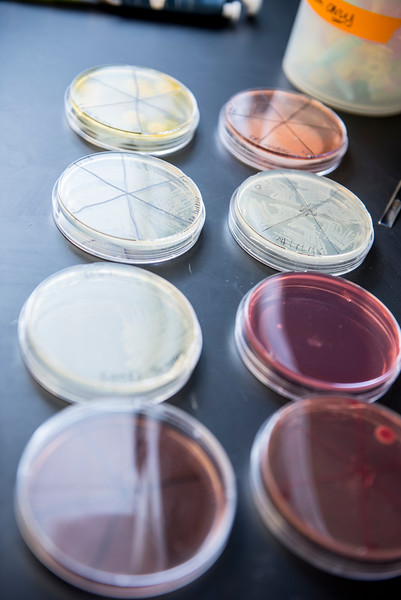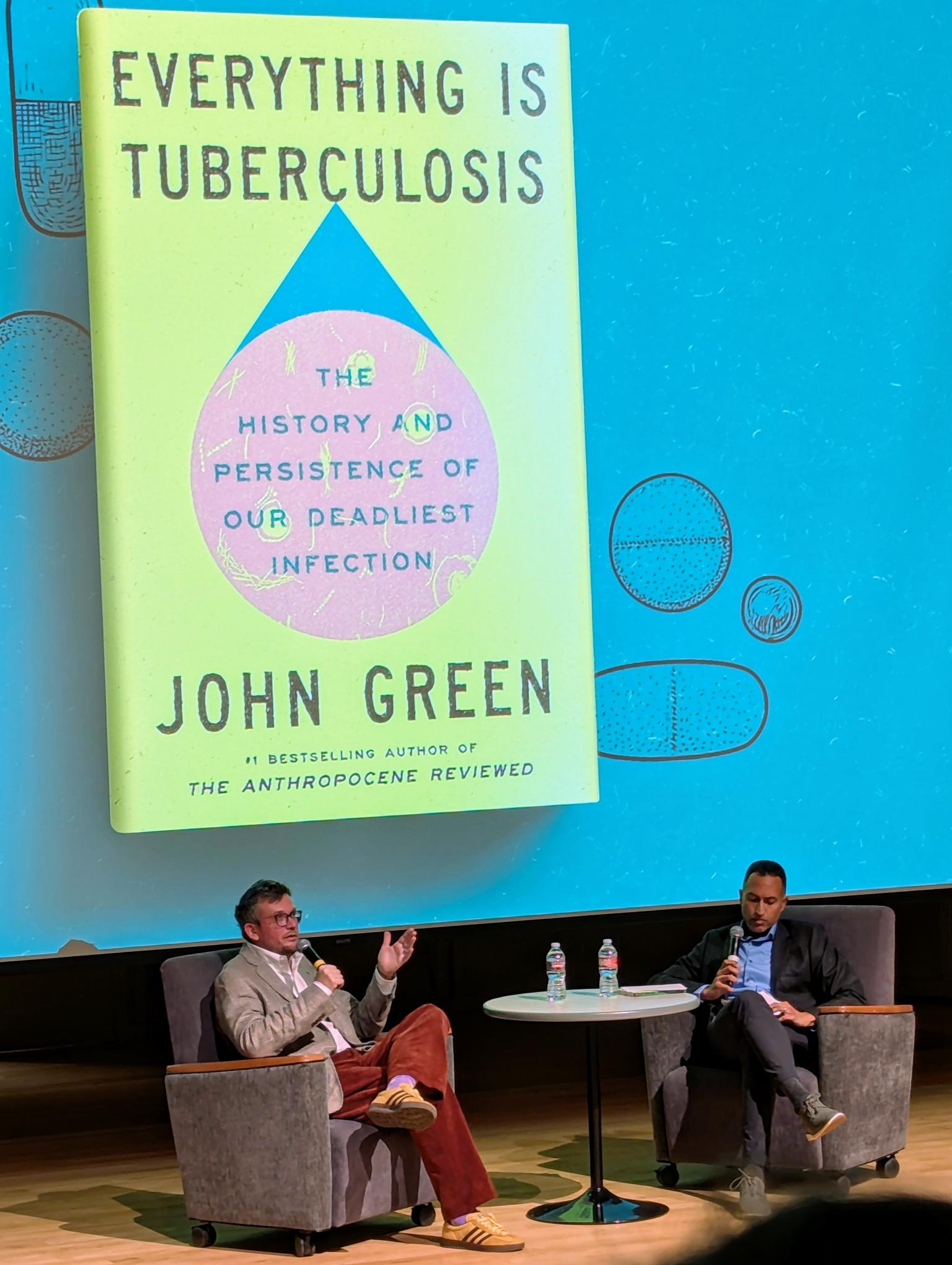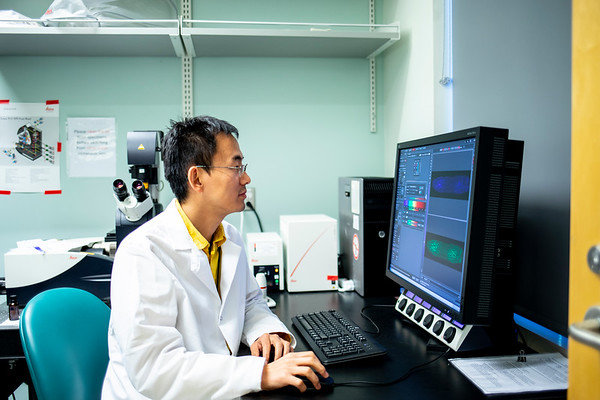
We Now Have a Chance to Stop the Most Deadly Infectious Disease — if We Act
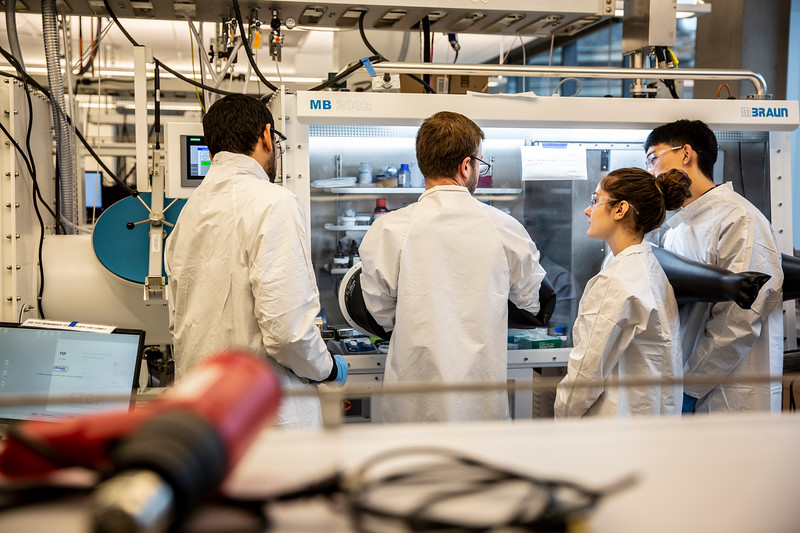
A version of this article originally appeared in the New York Times.
Humanity has had the tools to diagnose, treat and prevent TB for decades. Because of that, this airborne bacterial respiratory disease, once the cause of about 25 percent of all deaths in the United States, is no longer a widespread threat to public health in wealthy countries. But that’s far from true in lower-income countries. While international public health efforts have cut global TB case rates by a quarter and death rates by half since 2000, it is still the world’s No. 1 infectious-disease killer. TB claims more than one million lives annually.
There are new advances in screening, prevention and treatment, however, that now make significant progress possible — if we tap them. Success requires everyone pitching in.
TB is a disease that feeds on poverty and social breakdown — people weakened by hunger and depleted immune systems, living in overcrowded conditions or deprived of medical care are most vulnerable. While just one in 38,000 Americans has active TB, one in 500 people in India does. Among Delhi’s homeless population, one in every 12 people has the disease — a shocking rate. This means Delhi’s homeless face among the worst TB rates in a city with some of the worst TB rates in a country with the most TB cases in the world.
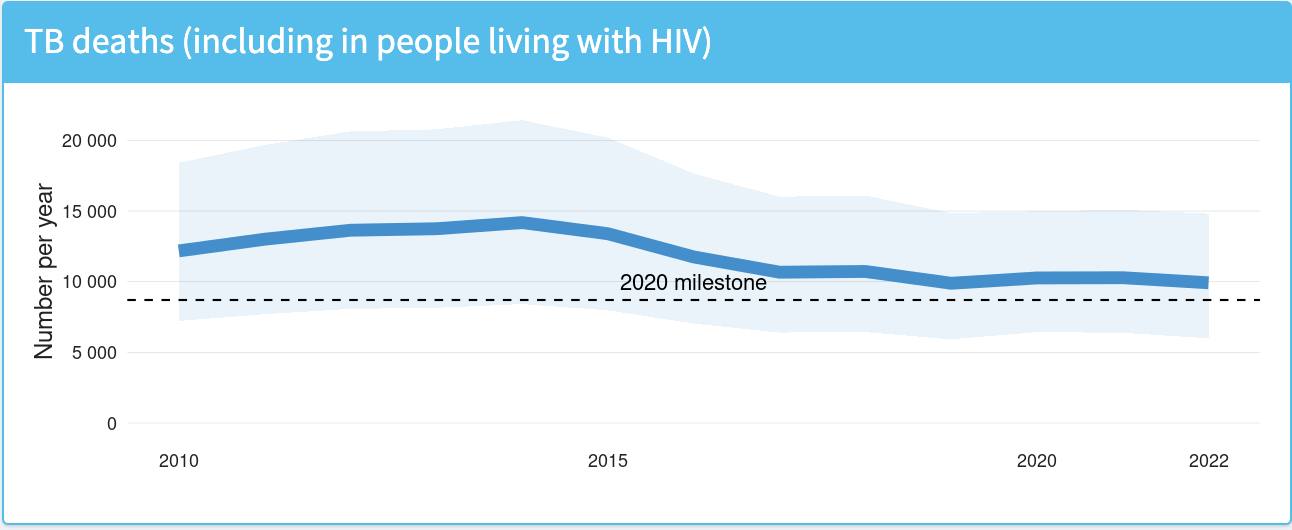
The strategy that quelled TB in the United States after World War II has worked consistently wherever it has been applied: Screen all vulnerable populations to find cases, treat the infected and stop transmission by providing those exposed with preventive treatment — even if they have no symptoms. Tubercular bacteria can hide in the body for months or years before blooming into full-blown disease.
As simple as the strategy sounds, it is hard to carry out. Conventional screening tools are either expensive or slow to produce results. Common medication regimens are costly and require daily doses over months and sometimes years. The side effects can be significant, ranging from nausea to organ damage. TB treatment has been more akin to cancer chemotherapy than to the throat swab and five days of antibiotics we are used to for many bacterial infections.
Costly, complex care for the neglected and downtrodden is not an easy sell. Public funding chronically falls far short of the need — even more so for TB than for other infectious conditions. TB specialists must commonly make brutal choices about who gets access to limited supplies and who does not. The most common sacrifice is screening and preventive treatment for those exposed to TB, which means giving up on stopping transmission.
During the past couple of years, however, we have seen advances in every aspect of TB control. These advances make it possible to greatly accelerate the reduction of TB globally.
For screening, digital chest X-ray equipment has shrunk in cost and size to the point that it can be carried in a backpack and delivered in primary health care clinics. Artificial intelligence software now can read — instantly — chest X-rays for indications of TB or other conditions as accurately as radiologists can. In Nigeria, screening people with a combination of ultraportable, A.I.-assisted X-ray equipment and fast-turnaround molecular tests helped increase TB case detection by almost 40 percent in a single year.
For treatment and prevention, newer drug regimens are also shorter, more effective and less toxic. The latest preventive regimen for people exposed to TB, for example, requires just 12 weekly doses of medication instead of up to nine months of daily medications. That has more than doubled the completion rates for treatment.
There has also been progress on costs. USAID joined a consortium of nonprofit buyers that bargained down prices for TB medicines and tests by 20 percent to 55 percent last fall. This means reaching millions more people within existing budgets.



